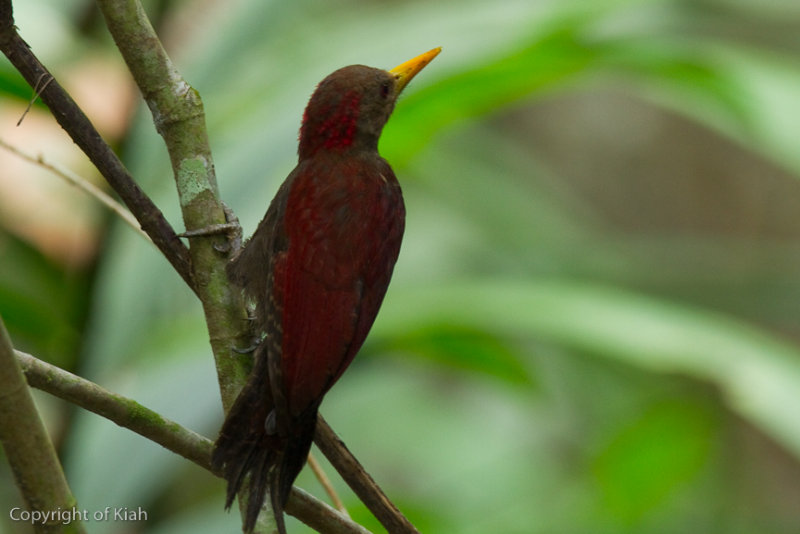During the Boxing Day weekend, we are delighted to have a group of fellow Singaporean bird photographers came up north to visit Penang. This morning Tsien and I organized an outing to the Sungai Sedim Recreation Park to photograph the low-land forest birds.
Waiting for the Scarlet-rumped Trogon to appear
The Scarlet-rumped Trogon was quite cooperative this morning. A pair responded to our call by perching at a clear perch.
Canon 7D with EF 800 F5.6 IS
ISO 800 1/125 F8
Green Broadbill
Maroon Woodpecker
Rufous Woodpecker (My Photo-Lifer of the day)
Juv Yellow-bellied Flowerpecker (My Photo-Lifer of the day)
Hairy-becked Bulbul (My Photo-Lifer of the day)
We finished the photography session at noon and started to unpack the gear.
Posting for group photo
Thanks for viewing.

















































